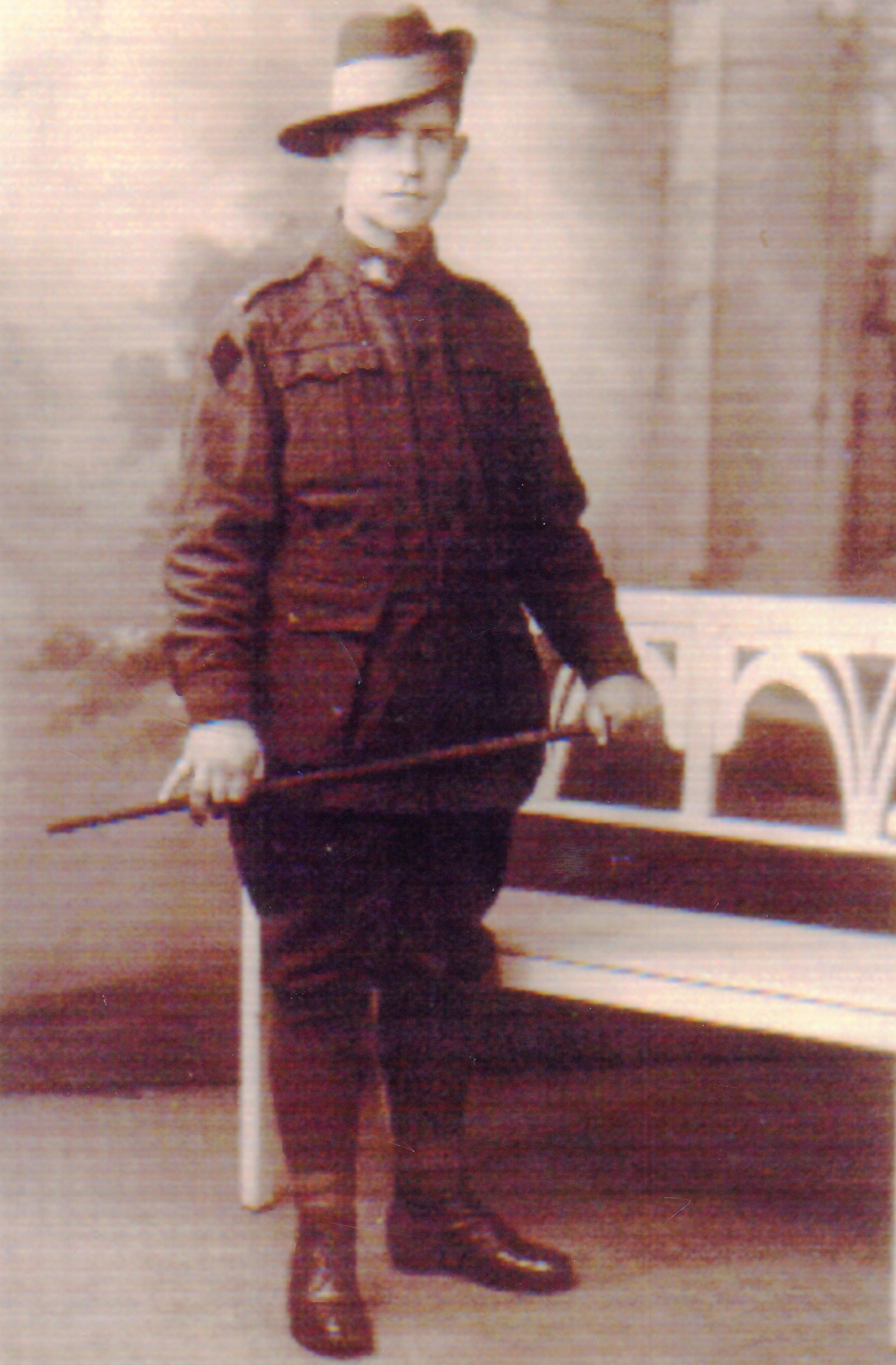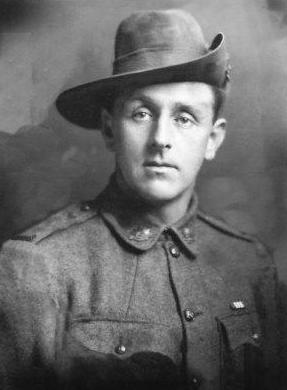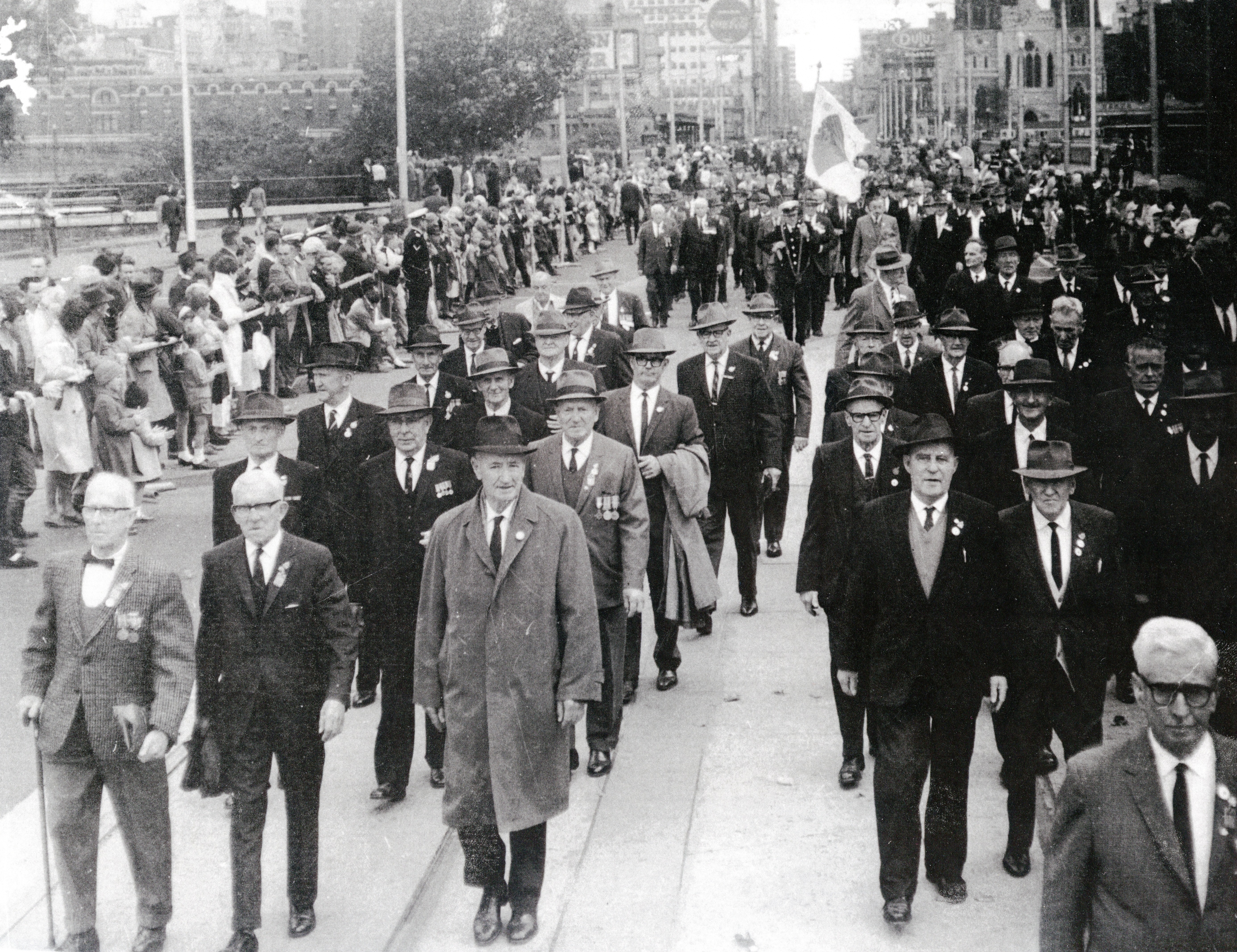|
 |
|
The 1/21 Bn History and Photos
The 21st Battalion was an infantry battalion of the Australian Army. It was raised in 1915 as part of the first Australian Imperial Force for service during World War One. and formen part of the 6th Brigade, attached to the 2nd Division. It fought during the Gallipoli campaign and on the Western Front and also had the distinction of being the last to pull back when the Australian Corps was withdrawn from the line. In 1921 the Battalion was re-raised as a part time unit of the Citizens Force but was later amalgamated with the 23rd Battalion in 1929 to form the 23rd / 21st Battalion. History World War 1 The 21st Battalion was raised at Broadmeadows, Victoria, in February 1915 as part of the formation of the 6th Brigade, 2nd Division. A unit of the First Australian Imperial Force (AIF), it was raised from volunteers for overseas service that were drawn from all over Australia. After training at Broadmeadows and Seymour Camps in Victoria, the battalion left for Egypt. Arriving there in June 1915, it undertook further training before being dispatched as reinforcements to Gallipoli in late August. En route the battalion's transport, HMT Southland, was torpedoed by German submarine UB-14 near lemnos and the passengers and crew were forced to abandon ship. Nevertheless, the 21st Battalion eventually arrived at anzac Cove on 7th September. Following this they undertook mainly defensive duties alonge the Australian line until December 1915, when they were evacuated from Gallipoli after the decision was made to withdraw Allied forces from the peninsula. One 21st Battalion soldier, who was killed during the Gallipoli campaign, Private Jamed Martin, who was only 14 years and nine months old, is believed to have been the youngest Australian soldier killed during the war. Returning to Egypt, via Lemnos, the battalion undertook Canal Zone defensive duties and further training. Durind this time the AIF underwent a period of reorganisation while its future employment on operations was decided. A number of units from the 1st Division were split up and used to provide cadre staff for newly formed battalions, however, the 21st Battalion, like the rest of those from the 2nd Division remained intact. In mid-1916 the decision was made to transfer part of the AIF to Europe to take part in the fighting along the Western Front, and in March 1916 the battalion arrived in France. In April they became the first Australian Battalion to commence active operations on the Western Front. In July 1916, during the battle of Pozieres, the battalion was committed to the battle, but was mainly used to carry out portage tasks. Later, in August, during the fighting around Mouquet Farm, the 21st Battalion suffered it's most significant losses of the war. Throughout 1917, the battalion took part in two major battles. The first came in May, when the 21st Battalion fought in the second Battle of Bullecourt. In October, during the fighting around Broodseinde they advanced over 3 kilometers before being withdrawn from the line for rest. After a period in reserve for rest and reinforcement, the battalion was called upon to help defend against the german Spring Offensive of April 1918. After this was defeated, the Allies launched their oown offensive, known as the Hundred Days Offensive and subsequently the 21st Battalion went on to participate in the battles of Hamel, Amiens and Mont St. Quentin, Sergeant Albert Lowerson was awarded the Victoria Cross. He had led seven men, attacking the flanks of a post, rushed the strongpoint and captured it, together with 12 machine-guns and 30 prisoners. He was severely wounded in the right thigh, but refused to leave the front line until the position had been consolidated. As a result of the heavy losses that the battalion suffered during this time, coupled with the limited reinforcements arriving from Australia following the defeat of the conscription referendum, the 21st Battalion's strength fell to the point where it was able to feild little more than a company of men fit for active service. As a result it was ordered to disband and provide reinforcements to other battalions. On 25th September 1918, however, the battalion's personnel mutinied in protest against the order to disband and subsequently the order was recinded. Thus, the 21 Battalion took part in the final Australian operation of the war, joining the attack at Montbrehain on 5th October. The following day, however, upon request made by Prime Minister Billy Hughes, the Australian Corps was withdrawn from the line.The 21st Battalion had the distinction of being the last Australian Battalion to be withdrawn. Following this the battalion was formally disbanded on 13th October 1918 and it's personnel dispersed to other units as reinforcements. Throughout its service during the war, it suffered 872 men killed and 2,434 wounded (including those who were gassed). Members of the battalion received the following decorations: one Victoria Cross, five Distinguished Service Orders with one bar, one Order of the British Empire, twenty two Military Crosses with seven bars, twenty nine Distinguished Conduct Medals, One hundred and seventeen Military Medals with seven bars, seven Meritorious Service Medals, twenty four Mentioned in Dispatches and eight foreign awards. Interwar years.In May 1921, following the decision to reorganise Australia's part-time military force the battalion was re-raised as a citizen's force unit drawing personnel from the 73rd Infantry (Victorian Rangers) and the ex-AIF members. Adopting the title of the 21st Battalion (The Victorian Rangers) and perpetuating the battle honours and traditions of its AIF predecessor, the battalion was headquartered around Warnambool, Victoria. During this time the battalion was assigned to the 6th Brigade once again, but that brigade was allocated to the 4th Division, within th 3rd Military District.
Lt. James Horsburgh 21st Battalion. MM, DCM
21st Battalion at anzac Day March circa 1950
|
|||||||||||||||||


